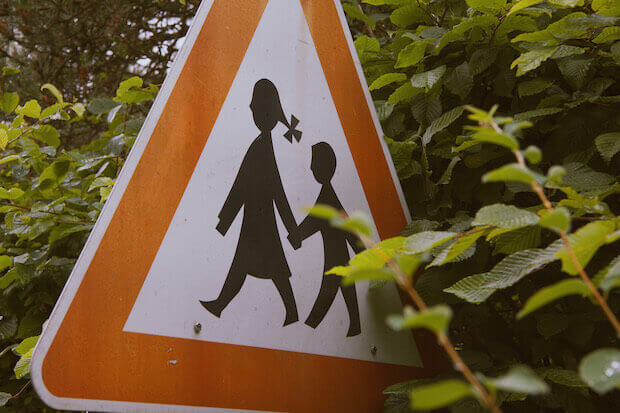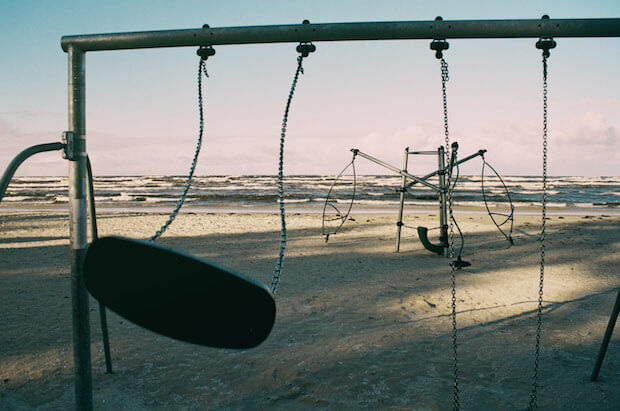
The World Health Organization recently declared processed meat as carcinogenic as cigarettes and alcohol. There have been a number of media reports on this statement, as well as some rebuttals on how this may not entirely be the case. All the flurry of debate and discussion about this topic has highlighted one fact — food and nutrition is a big deal. For example, when it comes to education, it’s very hard to do well in school if children don’t have a baseline of good health. Yet, this seems to be the case for many kids in Canada — according to Health Canada statistics, about one in three kids under 17 are overweight or obese. Indeed, in an interview with the Tyee.ca, one health advocacy group said that our country is facing a “health crisis.” So with all this in mind, we’re going to be tackling kids’ health and nutrition today.
Who’s responsible for kids’ health and nutrition at school? Schools or parents?
Some may suggest that schools bear responsibility for keeping students healthy. However, the reality is that parents will have to depend on themselves if they want to guarantee that their kids have a good lunch. Many of our schools offer lunch programs, but Canada is the only G7 country to have no national student lunch program.
That suggests the quality of lunch for students can vary widely depending on the family, or the province’s lunch programs. Some may be great, while others not so much.
The first Tyee.ca article we mentioned above says that at least in B.C., food programs have generally been aimed at giving underprivileged kids access to meals. But that article says a school-wide nutrition program was not the primary focus. The article suggests the goal was on supplying food, but not necessarily making kids eat right.
With that in mind, if your child is in a school that provides or sells food, and you are concerned about their nutrition, check and ask your school about their lunch program or cafeteria options. If you feel your kids aren’t getting fed properly, it would be wise to educate your children yourself. This will help them make wise nutritional decisions at school. For example, they may think twice before buying junk food from school vending machines.
Baby steps are a great way to teach kids health and nutrition
For the next part of the article, we’re going to assume that you’ve taught your kids the very basics of the food pyramid. If you haven’t, then we’d advise you do so! That being said, we will now focus on how to make dietary changes that last.
Forcing kids to stop eating junk food immediately is a plan that sometimes can be too hard to stick to. Some kids may stop for a little while, only to binge when given a chance to eat sweets. Others may simply start sneaking in candies when parents aren’t looking. Anyone who’s tried out a radical diet and exercise plan will know how difficult dieting can be for adults, let alone kids!
The best changes are often done in slow, incremental, and consistent steps. We’d like to use the example of Leo Babauta, who was listed by TIME magazine as a top 25 blogger for his site, Zen Habits. He went from being an overweight, sedentary smoker to a marathon-running vegetarian. Perhaps one of his best tips is to make very small, but permanent and consistent exercise and diet changes.
For example, if you want your kids to eat healthy, start by gradually increasing the amount of greens that they eat while subtracting the amount of sweets they consume.
As far as getting the food into the mouths of picky kids, helpguide.org has some practical suggestions. For instance, involving kids in the creation of meals is a big help. According to the site, kids are often more receptive to eating food if they had a hand in cooking or preparing it. Give kids simple tasks like cutting carrots. If a safety is a concern, there are children-friendly knives and kitchen tools that you can find online. Curiouschef.com is one example.
Regarding exercise, if it is impossible for your kids to wake up every day to run before school, have them run around the block for 5 minutes after they get home. Or if that’s too hard, get them to do five push-ups a day and leave it at that. Then, gradually increase the amount of exercise they do.
Celebrate every milestone, no matter how small
Yes, it is true this gradual method will take a lot of time. But the important thing is that these changes can be easier to maintain in the long run. There is no use in attempting to lose 50 pounds in a month only to gain it back after ‘falling off the wagon.’
Also, it is important to recognize progress. Make sure you use plenty of positive reinforcement to encourage your kids to stick to their changed habits, no matter how small. This will help them develop patience and determination — both of which are necessary to achieving any goals in life.




